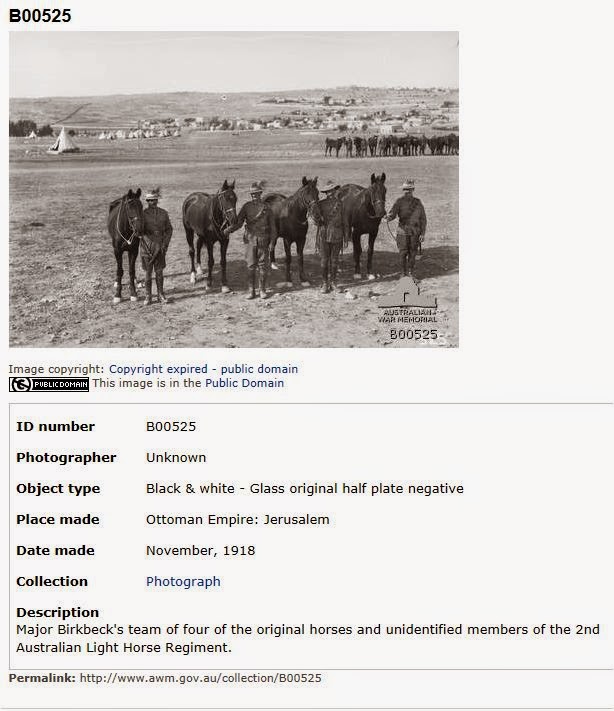The obvious asylums are those for the mentally ill, the large institutions we have all heard about, e.g. Bethlem (Bedlam) Hospital in London. But those are for another day. Today I am going to write about the Magdalene Asylums.
Magdalene Asylums, you say, what are they? Well, read on and I will try to paint a picture for you.
Magdalene asylums, also known as Magdalene laundries, where institutions from the 18th to the late 20th centuries ostensibly to house 'fallen women', a term used to imply female sexual promiscuity or work in prostitution. The institutions were named after the Biblical character Mary Magdalene, in earlier centuries characterised as a reformed prostitute. (Wikipedia)
 |
| Magdalene Asylum, Cork Ireland |










